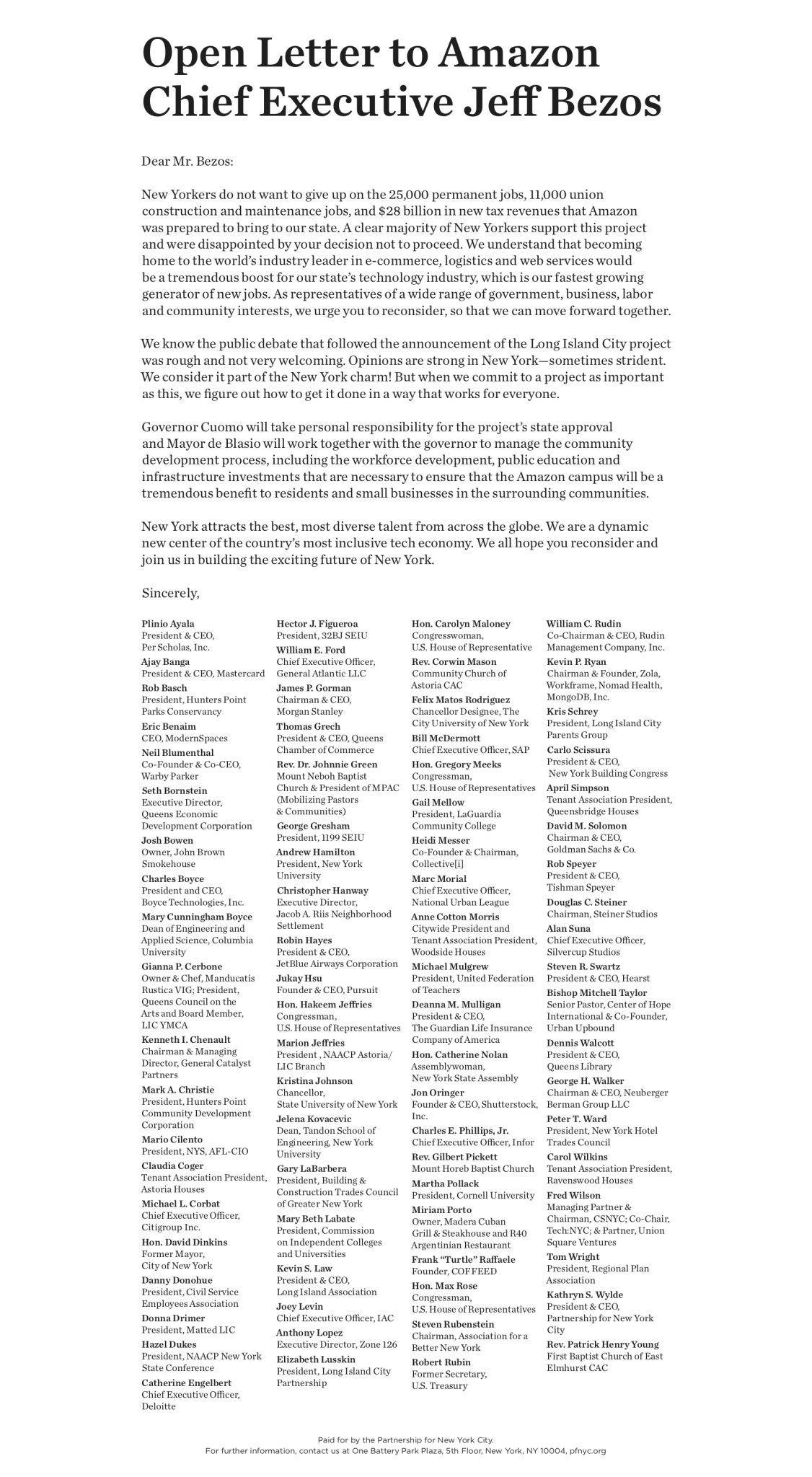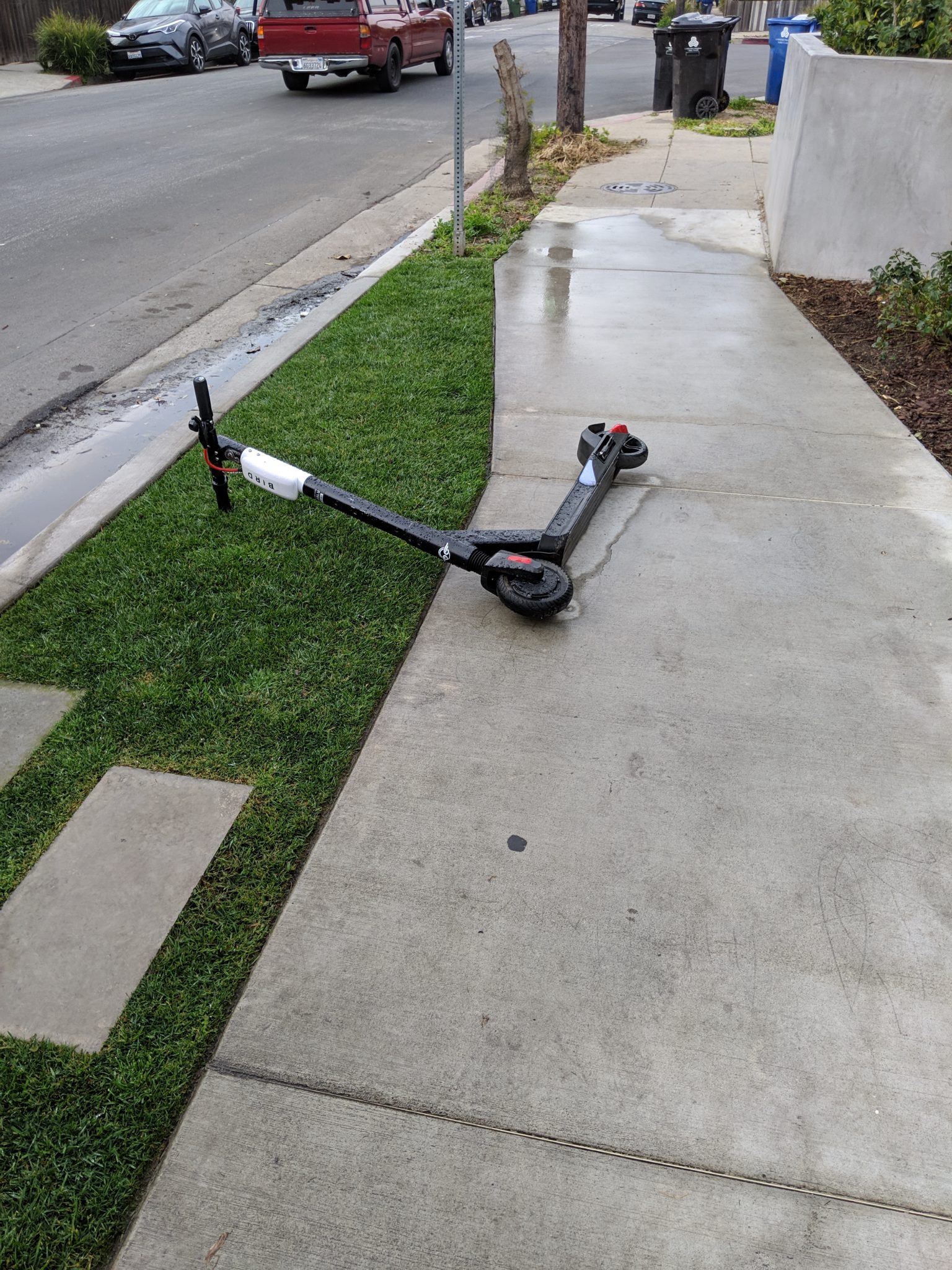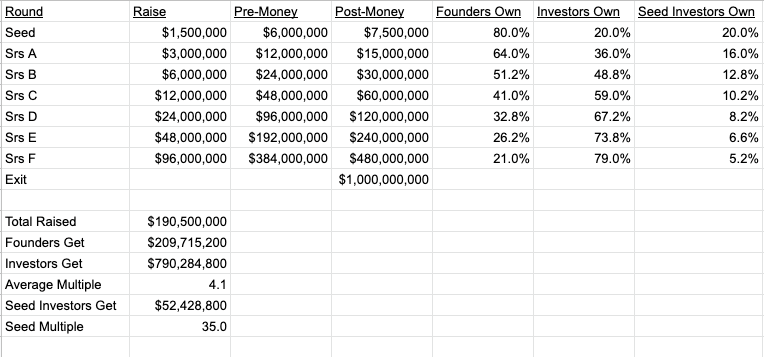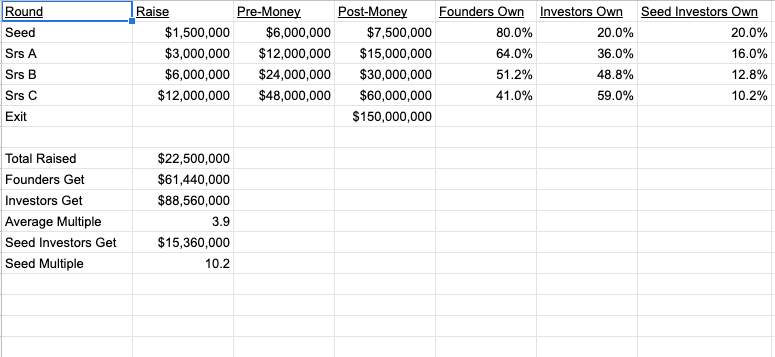Karma
A friend of mine sent me this the other day.
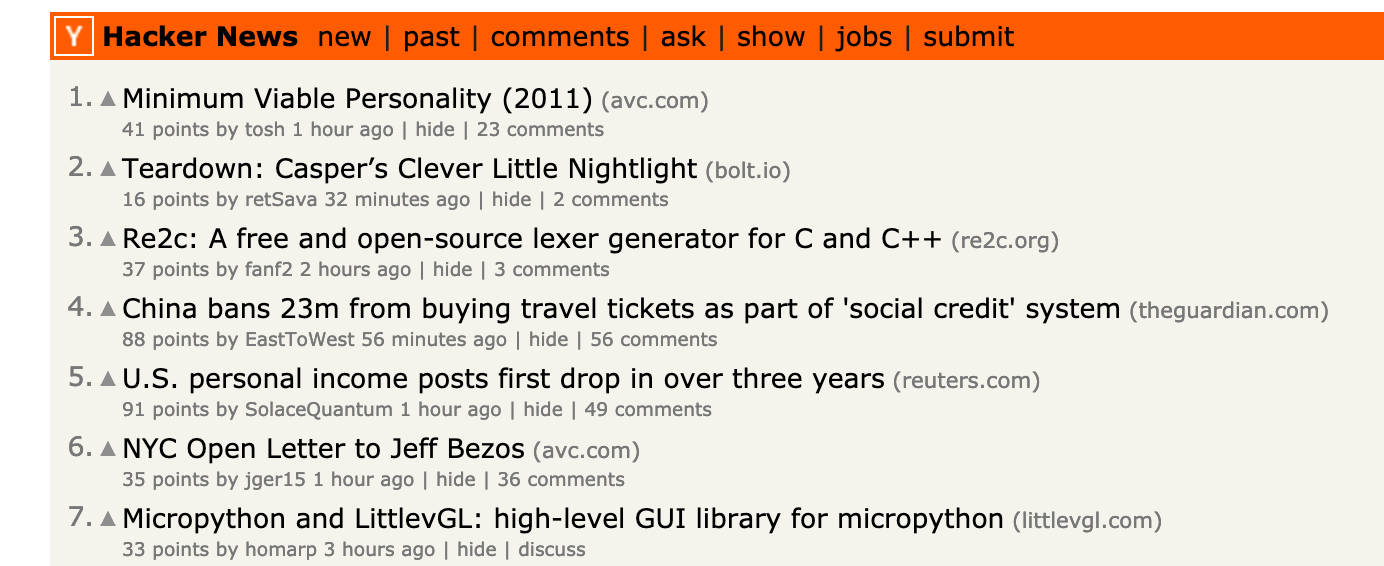
Two AVC posts were at or near the top of Hacker News.
But I did not go and read the comments as I have found the comments at Hacker News emotionally challenging for me.
As many of you know, I have also found the comments here at AVC emotionally challenging for me.
One of the suggestions I received when I blogged about that recently was to charge for comments.
I don’t want to charge for commenting because I want this to be an equal opportunity place for people to speak.
However, when something is free, it is abused. We have spam and trolls.
One mechanism that I like is Karma. You are given Karma when you join a system, and you may earn more Karma every month to replenish your supply. You spend Karma to make a comment. And if your comment is popular, you can earn more Karma. If your comment is deemed to be spam or against the community rules, you lose Karma.
Creating a native currency inside a social system is powerful. It allows you to start “charging” for things that should have a cost associated with them while still allowing the system to be “free to use.”
I am not planning on adding Karma to the AVC comments because Disqus doesn’t support this feature and I’m not eager to make any changes to the technology I use to put this blog out every day. I mean that. So if you email me or leave a comment suggesting I move to a new comment system, I am going to ignore it.
But this idea, combined with the ability to spin up a crypto-token simply and easily, is pretty powerful. A number of social platforms are doing this. Reddit is one that seems to be making a version of this work.
If I was starting over from scratch, I’d build on top of that idea. I think it would make things a lot better.
